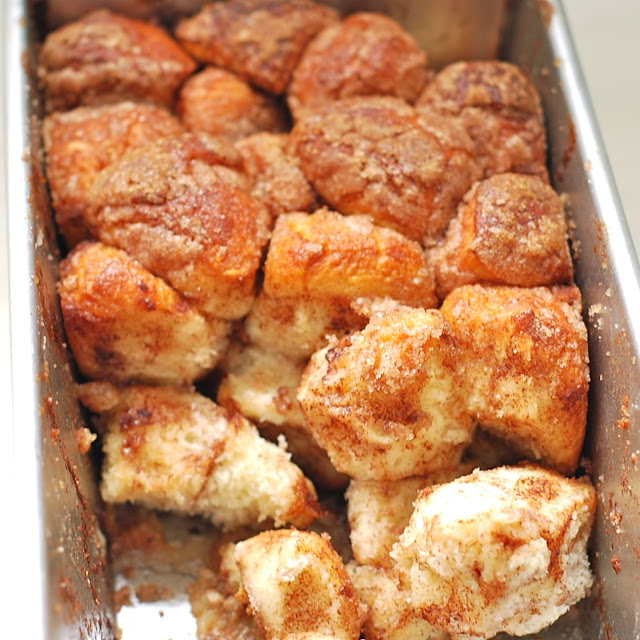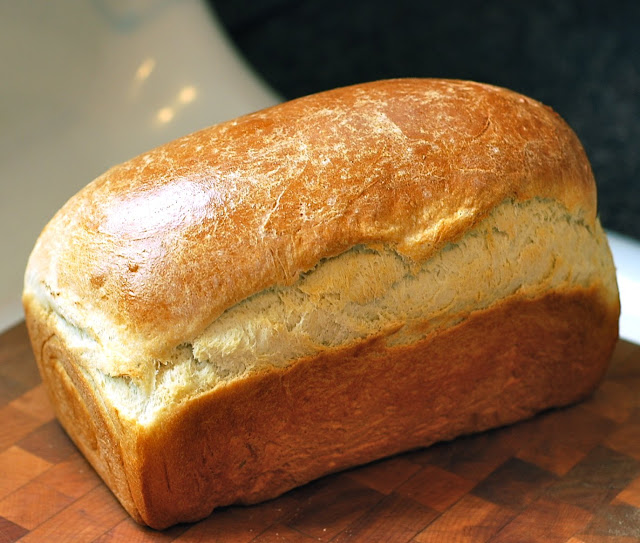
For the past three years, my girlfriend and I have made it a tradition to take a road trip with our kids for a few days during their two-week Spring Break. This year we traveled north to Toronto, Canada and stopped at Niagara Falls along the way. Toronto is only a 5-6 hour drive from Pittsburgh. Thanks to the Spilled Milk podcasts (co-hosted by Molly Wizenberg from Orangette) I had teed up on my iPhone, I giggled most of the way there and the driving time went by in a flash.
We visited the usual Toronto tourist attractions...
The CN Tower, where you ride up to the top and on a clear day you can see for miles. A portion of the floor at the top is made of glass and you can see straight down to the ground below.
The Toronto Zoo. The polar bears were so much fun to watch.


Casa Loma, the beautiful castle built on a hill overlooking the city, was quite interesting.
The Royal Ontario Museum and The Science Center kept us busy for hours.
We saw the Stanley Cup at the Hockey Hall of Fame and Justin Bieber's shoes at the Bata Shoe Museum. Only seeing Justin Bieber himself could've topped that (according to one fanatic 14-year-old)!
Of course, along the way, we had to stop at interesting bakeries and chocolate shops.
The Soma Chocolate Shop in the Distillery District was a chocolate lover's dream. The kids chose to buy milk chocolate bars and I had two chocolates from the glass case - a gianduja (pronounced john-DOO-ya, more on that in a post to come) and a chocolate-covered morsel of marzipan, my favorite treat.
The L'Espresso Bar and Pastry shop on Bloor street just down from the Royal Ontario Museum was fantastic. They played lively jazz music and the dining room was packed on a Sunday morning. Ellen and Ben were wanting to try a Canadian sweet and chose the Butter Tart. A butter tart is kind of like a pecan pie without the pecans. They are quite sweet. This one had traditional raisins in the filling. I purchased a cranberry shortbread and an almond shortbread cookie - one to eat now and one to have with my tea later. We took our treats to go and finished them on a bench outside the shop.
Another Canadian dessert we saw along the way was the Nanaimo Bar. We didn't get the chance to try it in Canada, so I made this version of the Nanaimo Bar after we got home. The original Nanaimo bar has a vanilla custard middle layer and the recipe calls for custard powder. I didn't have any custard powder, so I made this take on a Nanaimo bar from Alice Medrich's book, Chewy, Gooey, Crispy, Crunchy Melt-In-Your-Mouth Cookies. The middle layer is cheescake in this version. The cookie crust is wonderful, made with chocolate wafers (I used Oreos), dried coconut, and chopped pecans.
Although I loved Toronto, next year I vow to go south where it might be a little warmer. Any suggestions?
No-No Nanaimo Bars
adapted from Chewy Gooey Crispy Crunchy Melt-in-Your-Mouth Cookies by Alice Medrich
Base Layer
1 1/2 cups (5 ounces) chocolate cookie crumbs (I used Oreos)
1/2 cup (1.5 ounces) unsweetened dried shredded coconut (sweetened would work as well)
1/2 cup (2 ounces) finely chopped pecans
8 tablespoons (1 stick) unsalted butter, melted
1/4 cup sugar
Middle Layer
8 ounces cream cheese, at room temperature
1/4 cup granulated sugar
2 tablespoons (0.875 ounce) packed brown sugar
1/2 teaspoon pure vanilla extract
1 large egg
Top Layer
2 T granulated sugar
1/2 cup heavy cream
7 ounces semisweet or bittersweet chocolate with 55% to 60% cacao
Equipment
A 9-inch square metal baking pan, the bottom and all 4 sides lined with foil
Preheat the oven to 350°F.
Mix the crumbs, coconut, pecans, butter, and 1/4 cup of the granulated sugar and pat it very firmly into the lined pan. Bake the crust for 10 to 12 minutes, or until it looks slightly darker at the edges and smells toasted.
While the crust is baking, mix the filling. In a large bowl, beat the softened cream cheese, brown sugar, and 1/4 cup of the remaining granulated sugar until smooth. Beat in the vanilla and then the egg. When the crust is baked, dollop the filling onto the hot crust and spread gently with the back of a spoon. Bake the bars until the edges are slightly puffed, about 10 minutes. Cool on a rack for 30 minutes. Chill for at least 2 hours.
Dissolve the remaining 2 tablespoons granulated sugar in the cream. Bring 1/2 inch water to a simmer in a medium skillet. Coarsely chop the chocolate and combine with the cream in a medium metal bowl. Place the bowl directly in the skillet of hot water and turn off the heat. Let rest for 5 minutes and whisk until smooth. Set aside until needed.
Pour the warm ganache onto the bars, spread, and chill for at least 30 minutes before serving. Lift the bars out of the pan by using the edges of the foil liner. Cut into 16 or 25 squares, wiping the knife between cuts. May be stored in an airtight container in the refrigerator for 3 to 4 days.
Makes 16 large (2 1/4—inch) bars or 25 smaller bars.
adapted from Chewy Gooey Crispy Crunchy Melt-in-Your-Mouth Cookies by Alice Medrich
Base Layer
1 1/2 cups (5 ounces) chocolate cookie crumbs (I used Oreos)
1/2 cup (1.5 ounces) unsweetened dried shredded coconut (sweetened would work as well)
1/2 cup (2 ounces) finely chopped pecans
8 tablespoons (1 stick) unsalted butter, melted
1/4 cup sugar
Middle Layer
8 ounces cream cheese, at room temperature
1/4 cup granulated sugar
2 tablespoons (0.875 ounce) packed brown sugar
1/2 teaspoon pure vanilla extract
1 large egg
Top Layer
2 T granulated sugar
1/2 cup heavy cream
7 ounces semisweet or bittersweet chocolate with 55% to 60% cacao
Equipment
A 9-inch square metal baking pan, the bottom and all 4 sides lined with foil
Preheat the oven to 350°F.
Mix the crumbs, coconut, pecans, butter, and 1/4 cup of the granulated sugar and pat it very firmly into the lined pan. Bake the crust for 10 to 12 minutes, or until it looks slightly darker at the edges and smells toasted.
While the crust is baking, mix the filling. In a large bowl, beat the softened cream cheese, brown sugar, and 1/4 cup of the remaining granulated sugar until smooth. Beat in the vanilla and then the egg. When the crust is baked, dollop the filling onto the hot crust and spread gently with the back of a spoon. Bake the bars until the edges are slightly puffed, about 10 minutes. Cool on a rack for 30 minutes. Chill for at least 2 hours.
Dissolve the remaining 2 tablespoons granulated sugar in the cream. Bring 1/2 inch water to a simmer in a medium skillet. Coarsely chop the chocolate and combine with the cream in a medium metal bowl. Place the bowl directly in the skillet of hot water and turn off the heat. Let rest for 5 minutes and whisk until smooth. Set aside until needed.
Pour the warm ganache onto the bars, spread, and chill for at least 30 minutes before serving. Lift the bars out of the pan by using the edges of the foil liner. Cut into 16 or 25 squares, wiping the knife between cuts. May be stored in an airtight container in the refrigerator for 3 to 4 days.
Makes 16 large (2 1/4—inch) bars or 25 smaller bars.



























